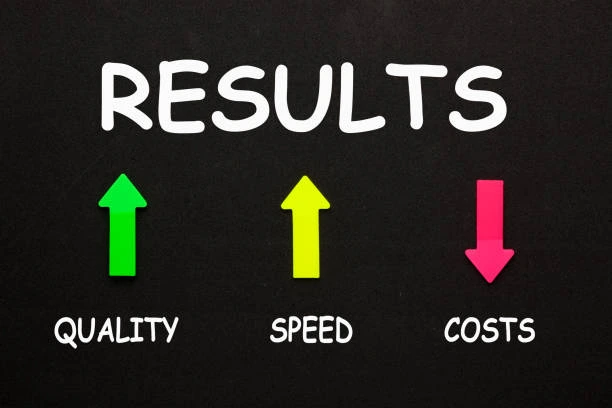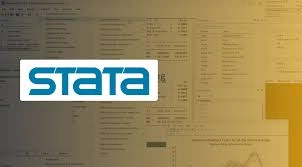Course Overview
This course provides participants with the knowledge and skills required to design, implement, and manage effective monitoring and evaluation (M&E) systems that are results-oriented. This course focuses on the principles and practices of RBM&E, emphasizing the importance of measuring outcomes and impacts rather than just activities and outputs. Participants will learn how to develop M&E frameworks, set performance indicators, collect and analyze data, and use the findings to inform decision-making and improve project performance.
Course Duration
10 Days
Who Should Attend
- Project managers and coordinators
- M&E specialists and officers
- Program managers in NGOs, governmental, and international organizations
- Development professionals involved in project design, implementation, and evaluation
- Policy makers and planners
- Consultants and researchers interested in M&E
Course Objectives
By the end of this course, participants will be able to:
- Understand the key concepts and principles of Results-Based Monitoring & Evaluation (RBM&E).
- Design and implement effective M&E frameworks and systems for projects and programs.
- Develop and select appropriate performance indicators to measure project outcomes and impacts.
- Apply various data collection methods and tools to gather reliable M&E data.
- Analyze and interpret M&E data to assess project performance and identify areas for improvement.
- Use M&E findings to inform decision-making and enhance project management.
- Develop and present M&E reports that communicate key findings to stakeholders.
- Integrate RBM&E practices into the project lifecycle to ensure continuous learning and improvement.
- Manage M&E activities within budget and time constraints.
- Understand the ethical considerations and challenges in M&E.
Course Outline:
Module 1: Introduction to Results-Based Management (RBM)
- Defining RBM and its core principles
- The RBM cycle
- The link between RBM and strategic planning
Module 2: Developing a Results Framework
- Identifying program goals, objectives, and outcomes
- Developing a logical framework
- Setting clear and measurable indicators
Module 3: Designing RBM Systems
- Developing a monitoring plan
- Designing evaluation plans
- Integrating RBM with performance management
Module 4: Data Collection and Management
- Data collection methods for RBM
- Data quality assurance and control
- Data management and analysis tools
Module 5: Performance Measurement and Reporting
- Developing performance indicators
- Performance measurement and reporting systems
- Using data for decision-making
Module 6: Learning and Adaptation
- Using RBM for learning and improvement
- Conducting lessons learned exercises
- Adapting programs based on evidence
Module 7: RBM and Accountability
- RBM for transparency and accountability
- Communicating results to stakeholders
- Using RBM for advocacy and resource mobilization
Module 8: RBM and Partnerships
- Building partnerships for RBM
- Stakeholder engagement in RBM
- Collaborative M&E
Module 9: Challenges and Opportunities in RBM
- Common challenges in implementing RBM
- Overcoming barriers to RBM
- Emerging trends in RBM
Module 10: RBM for Sustainable Development
- Integrating RBM with sustainable development goals
- Monitoring progress towards SDGs
- Using RBM for impact assessment
Customized Training
This training can be tailored to your institution needs and delivered at a location of your choice upon request.
Requirements
Participants need to be proficient in English.
Training Fee
The fee covers tuition, training materials, refreshments, lunch, and study visits. Participants are responsible for their own travel, visa, insurance, and personal expenses.
Certification
A certificate from Ideal Sense & Workplace Solutions is awarded upon successful completion.
Accommodation
Accommodation can be arranged upon request. Contact via email for reservations.
Payment
Payment should be made before the training starts, with proof of payment sent to outreach@idealsense.org.
For further inquiries, please contact us on details below:






